Liposuction
"Liposuction is a popular cosmetic procedure designed to remove stubborn fat deposits from various parts of the body, enhancing body contours and improving overall aesthetics. "
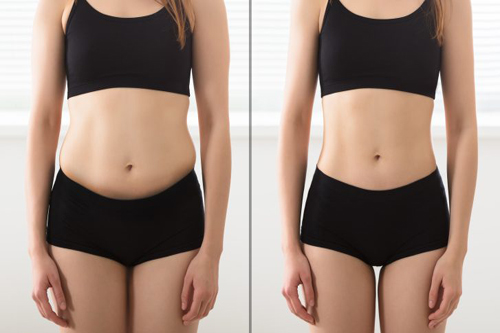
Traditional Liposuction
Traditional liposuction is the most well-known and widely used method. It involves the use of a cannula (a thin tube) that is inserted into the fatty area through small incisions. The cannula is manually moved back and forth, loosening fat cells, which are then suctioned out using a vacuum. Best for: Larger areas of fat removal like the abdomen, thighs, and buttocks. Pros: Proven and effective for significant fat removal. Cons: Longer recovery time; more invasive compared to newer techniques.
Tumescent Liposuction
Tumescent liposuction is a variation of traditional liposuction, where a large amount of a saline solution containing a local anesthetic and epinephrine is injected into the fat tissue before the fat removal process begins. This solution helps to reduce bleeding, minimize pain, and make fat removal easier. Best for: Those looking for fat removal with less pain and fewer side effects. Pros: Less bleeding and bruising; local anesthesia used. Cons: Longer procedure time due to the injection of the tumescent fluid.
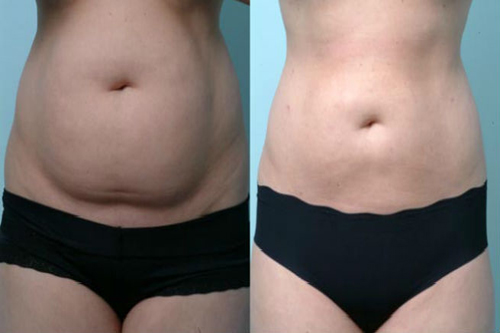
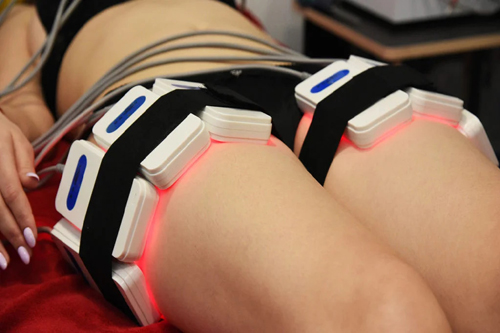
Laser-Assisted Liposuction (LAL)
Laser-assisted liposuction uses laser energy to liquefy fat cells before they are removed. This technique involves inserting a small laser fiber into the fat layer to heat and break down fat cells, which are then suctioned out. The heat from the laser can also help tighten the skin, which is a bonus. Best for: Small areas with loose skin like the neck, chin, or arms. Pros: Less invasive; stimulates collagen production for skin tightening. Cons: May not be as effective for large areas; requires more expertise.
Ultrasound-Assisted Liposuction (UAL)
Ultrasound-assisted liposuction uses sound wave energy to target fat cells. This method works by emitting ultrasonic vibrations that rupture the fat cell walls, liquefying the fat, which can then be suctioned out. UAL is often used for fibrous or denser areas of fat. Best for: Areas with dense fat such as the upper back or male chest (gynecomastia). Pros: Effective for tough fat deposits; less damage to surrounding tissue. Cons: Longer procedure; risk of burns from the ultrasound energy.
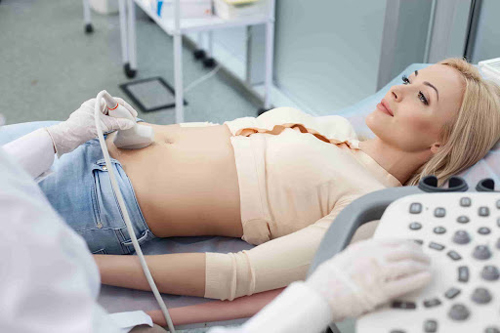
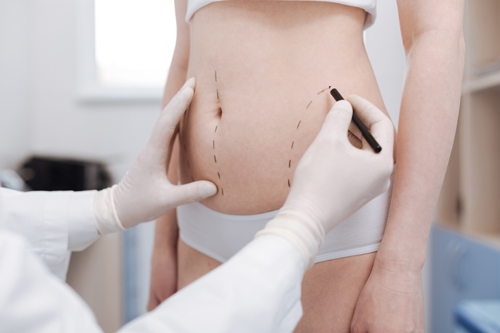
Power-Assisted Liposuction (PAL)
Power-assisted liposuction involves the use of a specialized vibrating cannula. The rapid vibrations help break up fat cells more easily, allowing for a quicker and more efficient procedure. This technique is beneficial for removing large volumes of fat or for performing liposuction in hard-to-reach areas. Best for: Larger areas or patients needing extensive fat removal. Pros: Faster procedure; more precise fat removal. Cons: May cause more discomfort during recovery compared to other methods.
Water-Assisted Liposuction (WAL)
Water-assisted liposuction uses a pressurized stream of saline to loosen fat cells before they are suctioned out. The technique, often referred to as "Body-Jet," is gentler on the body and causes less trauma to surrounding tissues. Best for: Delicate areas and body contouring. Pros: Less bruising and swelling; quicker recovery. Cons: May not be suitable for removing large amounts of fat.


